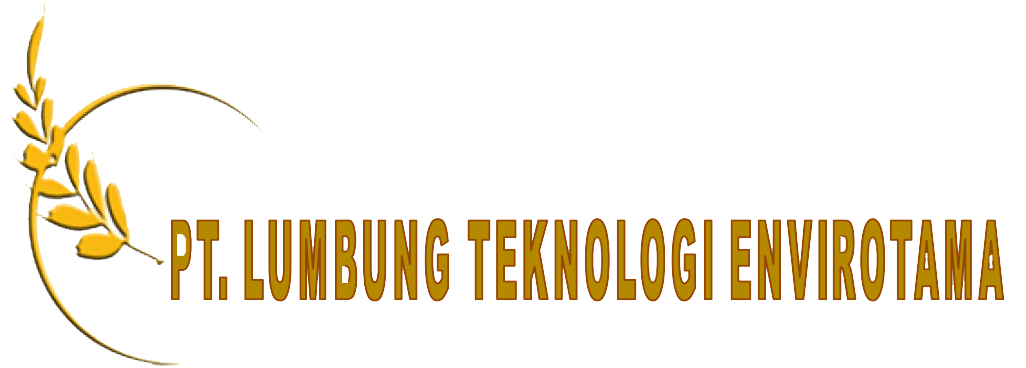Water Quality

Water quality
Water quality refers to the chemical, physical, biological, and radiological characteristics of water. It is a measure of the condition of water relative to the requirements of one or more biotic species and or to any human need or purpose. It is most frequently used by reference to a set of standards against which compliance can be assessed. The most common standards used to assess water quality relate to health of ecosystem, safety of human contact and rinking water.
Standard
In the setting of standards, agencies make political and technical/scientific decisions about how the water will be used. In the case of natural water bodies, they also make some reasonable estimate of pristine conditions. Different uses raise different concerns and therefore different standards are considered. Natural water bodies will vary in response to environmental conditions. Environmental Scienteist work to understand how these systems function, which in turn helps to identify the sources and fates of contaminants. Environmental Lawyers and policymakers work to define legislation with the intention that water is maintained at an appropriate quality for its identified use.
Categories
The parameters for water quality are determined by the intended use. Work in the area of water quality tends to be focused on water that is treated for human consumption, industrial use, or in the environment.
Human Consumption
Contaminants that may be in untreated water include microorganism such as viruses, protozoa and bacteria; inorganic contaminants such as salt and metals, organis chemical contaminants from industrial processes and petroleum use pesticides and herbicides,and radioactive, contaminants. Water quality depends on the local geology and ecosystem, as well as human uses such as sewage dispersion, industrial pollution, use of water bodies as a heat sink and overuse (which may lower the level of the water).
Industrial and Domestic Use
Dissolved minerals may affect suitability of water for a range of industrial and domestic purposes. The most familiar of these is probably the presence of ions of calcium and magnesium which interfere with the cleaning action of soap, and can form hard sulfate and soft carbonate deposits in water heaters or boilers. Hard water may be softened to remove these ions. The softening process often substitutes sodium cautions. Hard water may be preferable to soft water for human consumption, since health problems have been associated with excess sodium and with calcium and magnesium deficiencies. Softening decreases nutrition and may increase cleaning effectiveness.
Environmental Water Quality
Environmental water quality, also called ambient water quality, relates to water bodies such as lakes, rivers, and oceans. Water quality standards for surface waters vary significantly due to different environmental conditions, ecosystems, and intended human uses. Toxic substances and high populations of certain microorganisms can present a health hazard for non-drinking purposes such as irrigation, swimming, fishing, rafting, boating, and industrial uses. These conditions may also affect wildlife, which use the water for drinking or as a habitat. Modern water quality laws generally specify protection of fisheries and recreational use and require, as a minimum, retention of current quality standards.
There is some desire among the public to return water bodies to pristine, or pre-industrial conditions. Most current environmental laws focus on the designation of particular uses of a water body. In some countries these designations allow for some water consumption as long as the particular type of contamination is not harmful to the designated uses. Given the landscape changes (e.g., land development urbanization, clear cuttingin forested areas) in the watersheds of many freshwater bodies, returning to pristine conditions would be a significant challenge. In these cases, environmental scientists focus on achieving goals for maintaining healthy ecosystems and may concentrate on the protection of populations of endangered species and protecting human health.
Sampling and Measurement
The complexity of water quality as a subject is reflected in the many types of measurements of water quality indicators. The most accurate measurements of water quality are made on-site, because water exists in equilibrium with its surroundings. Measurements commonly made on-site and in direct contact with the water source in question include temperature, pH, dissolved oxygen, conductivity, oxygen reduction potential, turbidity, and Secchi disk depth.
Testing in response to natural disasters and other emergencies
Inevitably after events such as earthquakes and tsunamis, there is an immediate response by the aid agencies as relief operations get underway to try and restore basic infrastructure and provide the basic fundamental items that are necessary for survival and subsequent recovery. Access to clean drinking water and adequate sanitation is a priority at times like this. The threat of disease increases hugely due to the large numbers of people living close together, often in squalid conditions, and without proper sanitation.
After a natural disaster, as far as water quality testing is concerned there are widespread views on the best course of action to take and a variety of methods can be employed. The key basic water quality parameters that need to be addressed in an emergency are bacteriological indicators of fecal contamination, free chlorine residual, pH, turbidity and possibly conductivity/total dissolved solids. There are a number of portable water test kits on the market widely used by aid and relief agencies for carrying out such testing.
After major natural disasters, a considerable length of time might pass before water quality returns to pre-disaster levels. For example, following the 2004 Indian Ocean Tsunami the Colombo-based International Water Management Institute (IWMI) monitored the effects of saltwater and concluded that the wells recovered to pre-tsunami drinking water quality one and a half years after the event. IWMI developed protocols for cleaning wells contaminated by saltwater; these were subsequently officially endorsed by the Worl Health Organization as part of its series of Emergency Guidelines.
Real-time monitoring
Although water quality is usually sampled and analyzed at laboratories, nowadays, citizens demand real-time information about the water they are drinking. During the last years, several companies are deploying worldwide real-time remote monitoring systems for measuring water pH, turbidity or dissolved oxygen levels.
